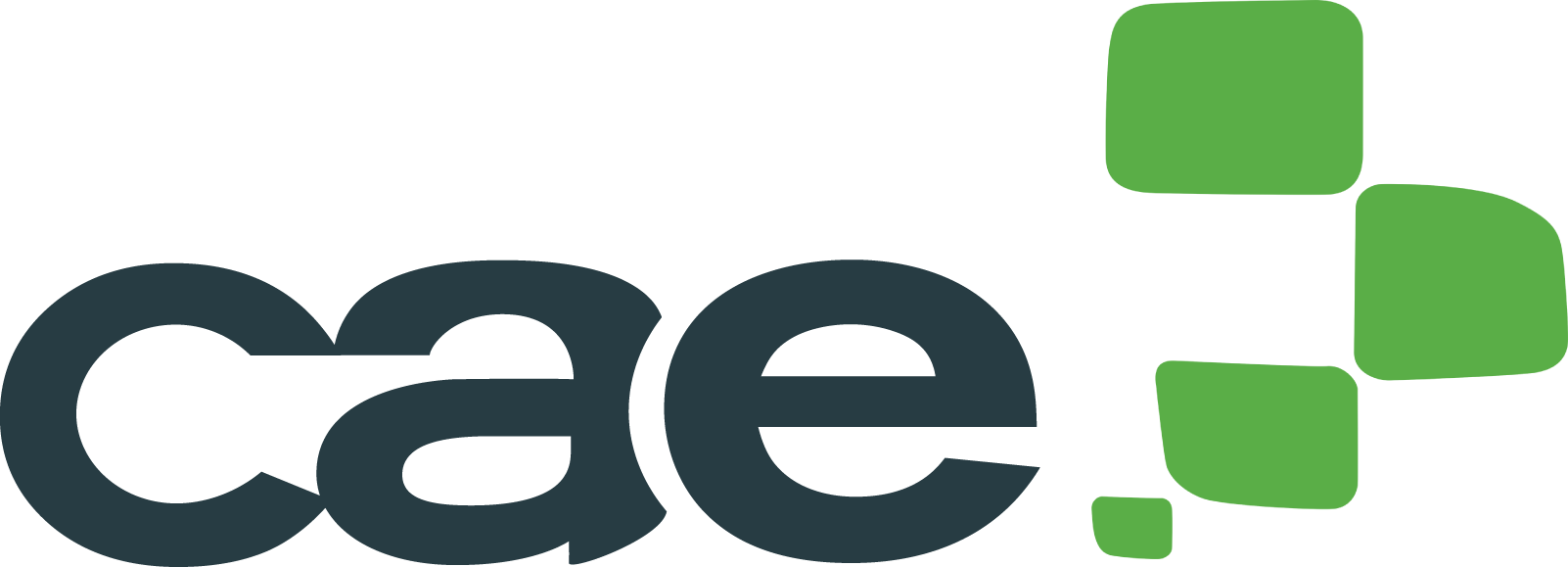The popularity of online learning has caused many language schools to start offering content that they try to pass off as interactive learning, but are far from interactivity in an e-learning course. Spaces in the cloud full of PDFs, tutorials devoid of interactive features and chat websites have distorted the concept of online courses, which have nothing to do with just transferring resources found in textbooks to the web.

This has generated disbelief toward and a dismissal of this type of learning because of these “pseudo” online courses. Most schools only know about online self-learning courses that are not real e-learning courses, or about digital publishing extensions, which include materials that don’t meet the standards for optimal, high-quality online courses with a guarantee of success.
In contrast, Dexway, CAE’s famous language division, offers a selection of numerous formats, methodologies and developments for online courses, which can be adapted to each school’s specific needs.
7 ways to implement Dexway in your language school
There is no one-fits-all configuration to implement online courses at a training center. There are a wide range of possibilities for you to adapt these courses to your teaching methods:
#1 Courses where teachers give classes (online or in person) supported by online content (Blended learning)
#2 Interactive self-learning online courses. 100% online courses
#3 Interactive self-learning online courses and classroom instruction with hands-on classes (Inverted classroom)
#4 Only online classes with teachers
#5 Face-to-face courses that include an interactive online course developed as a supplement to the classroom (a Dexway innovation)
#6 Face-to-face courses with learning nuggets developed by objective (in this case, the teacher is responsible for assigning learning nuggets or online lessons before or after class as reinforcement for students)
#7 Face-to-face courses with a digital version of the textbook
Dexway language courses are focused on learning through practicing and they are characterized by: a unique methodology (‘learning by doing’”), a natural and progressive learning method where students learn different language concepts intuitively, an attractive virtual environment and invaluable additional resources as a supplement to the lessons.
They offer unrivalled interactivity. From the very start students advance by putting theory into practice in the various different course activities and exercises: learning and practicing vocabulary, image association, dialogues and their comprehension, gap-fill grammar exercises, audio excerpts and interactions with objects, as well as reading, listening and writing activities.
You may also like:
- 5 Benefits of Using New Technology in Language Learning
- Active and Interactive Teaching with Flipped Classroom
- How Effective is Interactive Learning Content in E-learning?

